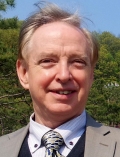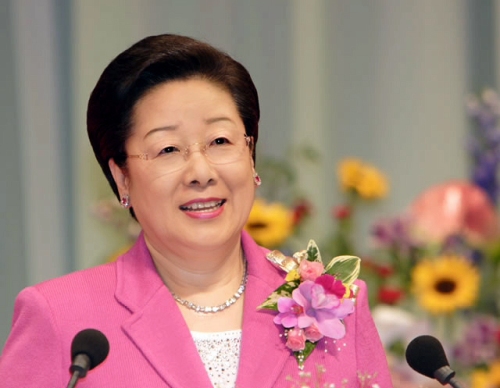This is Part I of a two-part article. Part II will appear next week.
 On September 3, 2012, the Unification Church and movement entered a new and critical phase in its development. Long foretold by sociologists of religion and new religion watchers, the seonghwa (ascension) of Reverend Sun Myung Moon, the founder of the Unification movement, was accompanied and followed by anguish, confusion and realignment on various levels.
On September 3, 2012, the Unification Church and movement entered a new and critical phase in its development. Long foretold by sociologists of religion and new religion watchers, the seonghwa (ascension) of Reverend Sun Myung Moon, the founder of the Unification movement, was accompanied and followed by anguish, confusion and realignment on various levels.
Even a brief review of the history of major religious movements shows that, in each case, the passing of the founder occasioned a fundamental transformation of the religious movement. Those movements that successfully transformed were able to survive and develop; those that did not have disappeared. The crisis of succession, or what sociologist Max Weber termed the problem of “the routinization of charisma,” would seem to be an inevitable turning point in the history of religious movements. The Unification movement is not an exception; this crisis and transformation were unavoidable.
The Unification movement is now in a very new stage of the providence, beyond what has been charted in previous understandings of the Principle and of Rev. Moon’s teachings. Even if events after his passing had unfolded in a different way, the novelty of the situation and its challenges would have been present nonetheless. Unification sources — especially the Divine Principle books, but also True Father’s speech volumes from earlier days — do not give us a comprehensive account of this time, although they do contain insights that we need. So there is a necessity for members to pray, study, and discuss together, seriously and respectfully.


Recent Comments